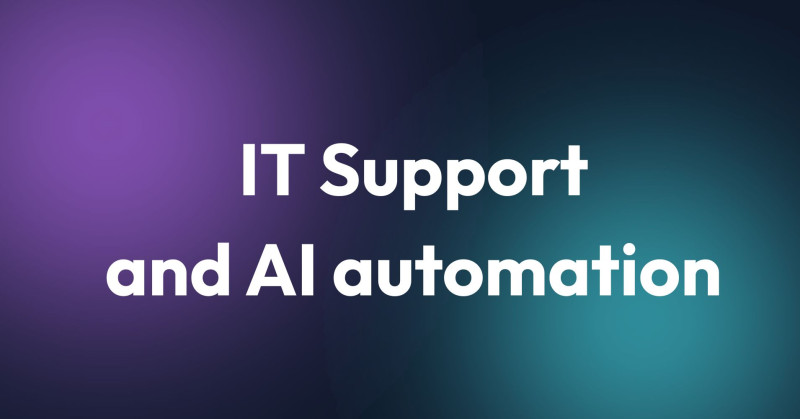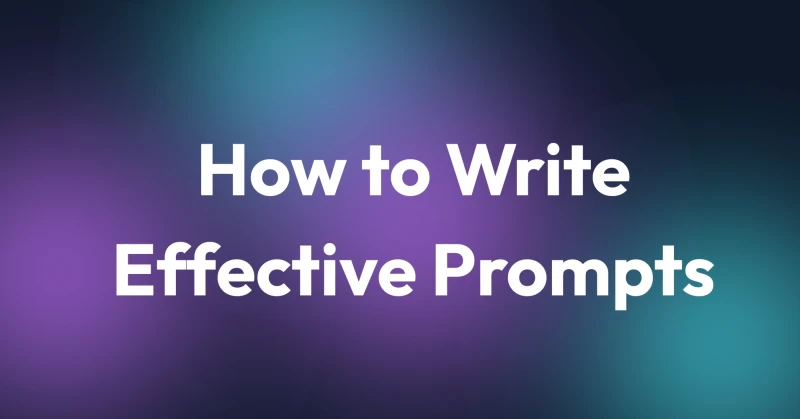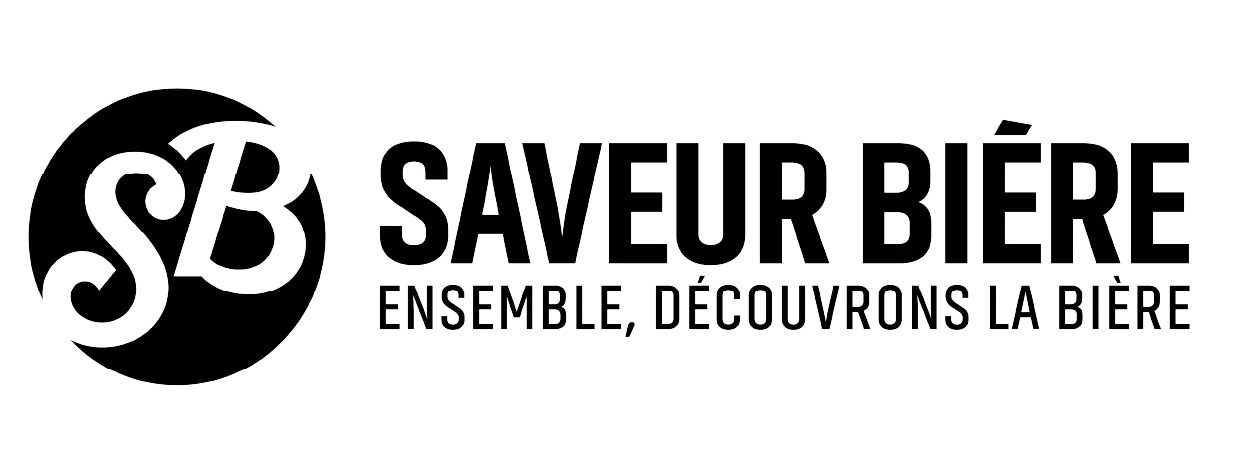Feedback isn't just a stuffy corporate ritual; it's a dynamic rhythm that fuels personal growth and teamwork. It can be like a compass guiding us towards our goals, helping us learn from our mistakes and incorporating constructive criticism to fine-tune our lives.

In this article we’ll dive into the significance of giving and receiving feedback in personal and professional contexts. We'll uncover the psychological advantages, share practical guidelines for delivering and receiving it, and take a look at useful models that could help you with feedback communication.
Let's explore the upbeat psychology behind feedback and tackle the wobbly steps of giving team feedback!
Why is Feedback so Important?
Feedback serves as a critical tool for personal development and enhancing interpersonal relationships. It promotes self-awareness, fosters growth, and facilitates collaboration among individuals. Both providing and receiving feedback require a delicate balance of empathy, communication, and receptiveness.
Psychological Benefits of Giving and Receiving Feedback:
- For Givers: Providing feedback enhances the giver's communication skills, empathy, and emotional intelligence (Gino & Pisano, 2017). Constructive feedback reinforces a sense of contribution, fostering positive relationships and a sense of purpose.
- For Receivers: Receiving feedback fuels self-improvement by increasing self-awareness (Edmondson, 2019). Receiving feedback is akin to getting a treasure map—you might not always like where 'X' marks the spot, but it guides you toward self-improvement and new horizons.
Semi-Annual Reviews: A Synchronized Dance of Feedback
At our company, we groove to the semi-annual review rhythm. It's not just about employees receiving feedback from the top but also about creating a boisterous stage where employees can provide feedback to other employees as well as the company. This dual dialogue lets everyone contribute to the choreography of the company's progress.
Conquering the Fear of Providing Team Feedback
Giving feedback to teammates can sometimes feel like dancing on eggshells. Why? There's the fear of hurting feelings, damaging relationships, or creating an awkward dance-off. But don't let these fears hog the spotlight! Here's how to cha-cha past them:
- Find the Right Tempo: Choose the right moment; giving feedback during a heated tango might not end well.
- Highlight the Dance Moves, Not the Dancer: Focus on actions, not personalities. Remember, it's about the performance, not the performer.
- Step into Their Shoes: Empathy isn’t just a fancy word; it's your secret weapon. Imagine how you'd feel receiving the feedback.
- Sprinkle Encouragement: Compliments are like confetti; sprinkle them generously. Acknowledge the good steps they've taken (make sure to appreciate the behaviors that you truly have noticed, don’t ever sugarcoat—just be honest).
- Share the Stage: Make it a duet, not a solo. Express your own challenges and growth points. It's a dance floor, not a judgment zone.
- Offer an Encore: If the first dance didn't go as planned, give it another spin. Sometimes, the encore is even better!
Don’t let your fear of offending or hurting another person get in the way of providing your feedback. If you know how to do it well the receiver will not be offended. Instead they will be able to grow as an individual.
Don’t Know How to Start? Use the Sandwich
But how to actually say what you have in your mind? Use popular models like Feedback Sandwich or AID or BOOST. Choose a technique that fits your style best and dance along with it!

Why Receiving Feedback Can Feel Like a Chaotic Tango?
Imagine stepping onto a dance floor for the first time, the music pulsating with unfamiliar rhythms. Receiving feedback can be a lot like that—a whirlwind of emotions and uncertainty. It’s like attempting a tricky dance move without knowing if you'll stumble. Why? Well, it's not just about the steps; it's the fear of not keeping up and the worry of missteps. But fear not, for mastering the art of receiving feedback can make this dance a graceful one.
Tuning into the Feedback Beat
Before you take that first step on the feedback dance floor, pause for a moment. Imagine feedback as the music guiding your dance, not as a judge scrutinizing your every move. Approach it with an open heart, as if you're learning a new dance style. Think of it as a chance to adjust your dance and enhance your performance.
Get in tune with your emotions—acknowledge that a mix of excitement and nerves is completely normal. Just like you'd prepare for a dance performance, mentally prepare for feedback by acknowledging its role in your growth.
Stepping Gracefully through the Dance
Once the feedback dance begins, allow yourself to sway to its rhythm. Don't be surprised if emotions twirl like a waltz; that's all part of the dance. After the feedback melody fades, take a moment to catch your breath. Just as in dance, there are moments of intensity followed by moments of calm. Reflect on the feedback—which moves felt natural, and which could use a bit more practice? Approach it not as a critique but as a chance to fine-tune your dance.
Don’t be Afraid of Feedback
Receiving feedback is like embarking on a new dance style—unfamiliar at first, but rewarding with practice. Remember that you're not alone; it's a duet between you and growth. The dance of receiving feedback, like any dance, requires rhythm, patience, and the willingness to improve.
At our company, the semi-annual review dance is a spectacular showcase of mutual respect, where everyone has a chance to strut their stuff. Giving team members feedback can be daunting and difficult but with the right moves and time, it transforms into growth and understanding.
References:
- Edmondson, A. C. (2019). The Fearless Organization: Creating Psychological Safety in the Workplace for Learning, Innovation, and Growth. John Wiley & Sons.
- Gino, F., & Pisano, G. (2017). Why organizations don’t learn. Harvard Business Review, 95(11), 110-117.





















